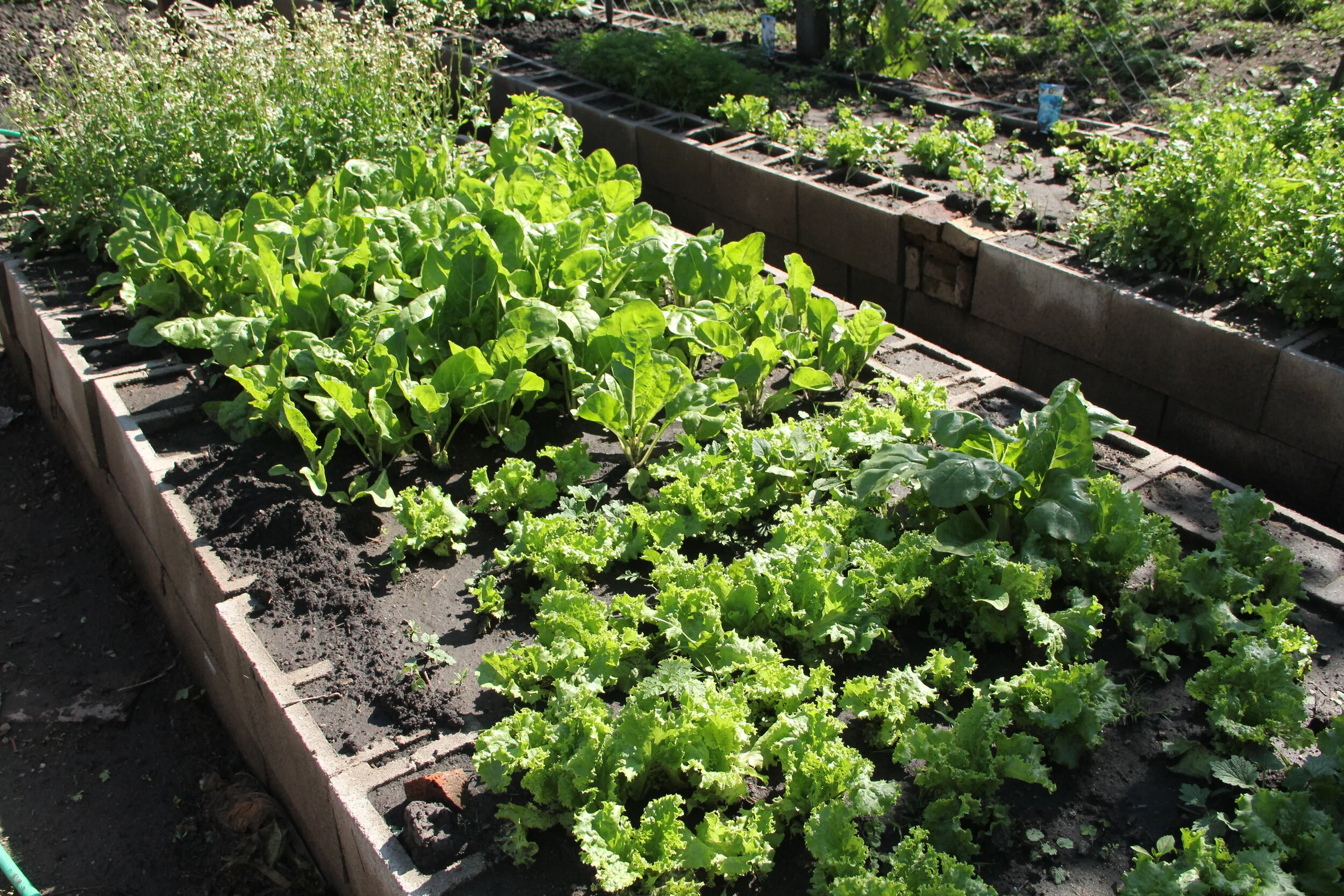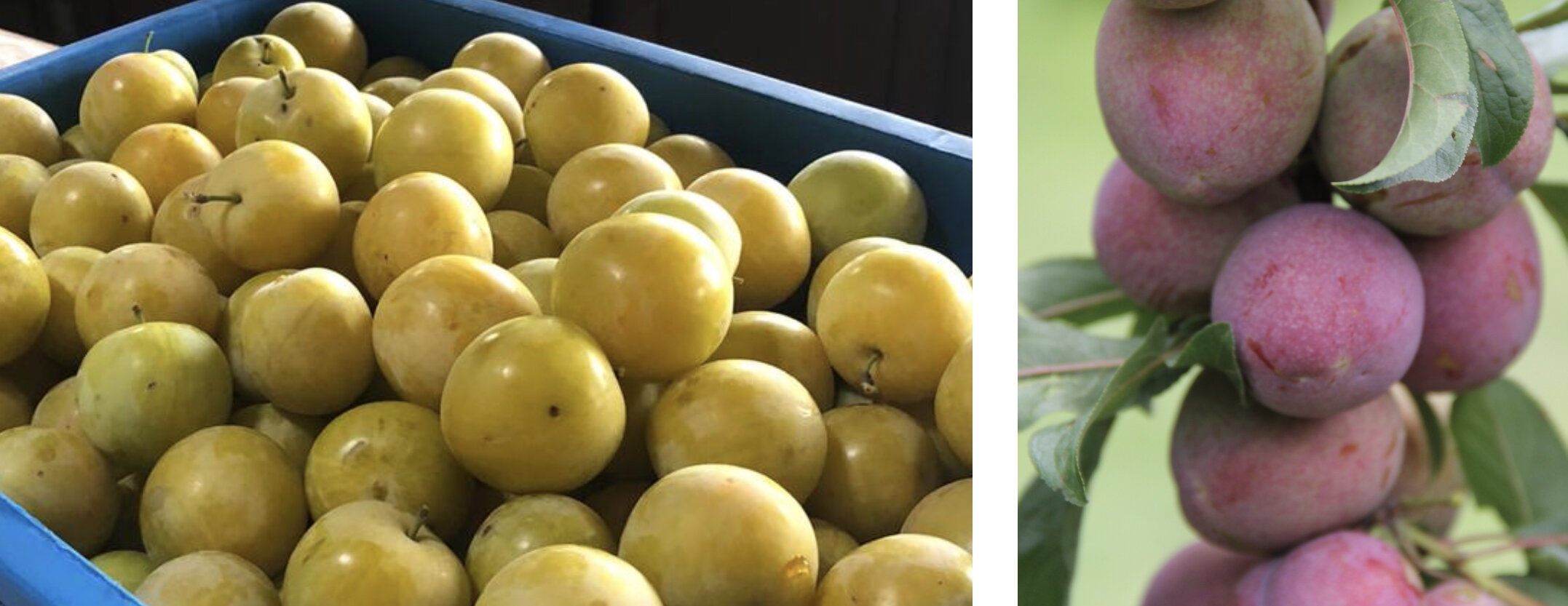As the summer stretches on we begin to harvest the figs - found across the estancia from our cattle station to the garden at Potrero de Niz. Whilst they are sweet they work perfectly with cheese, meat and other savoury foods. This year we have made lots of fig jams and chutney and with the final harvest we are going to try out hand a honey poached fig with orange and spices.
The quince is always the last fruit of the orchard to ripen, when they turn a golden yellow, and omit a floral scent, you know it is time to get picking. To preserve the quince we looked at lots of different ideas and followed the Mediterranean influence of cooking the quinces in a sweet syrup to be enjoyed on our homemade yoghurt or even on fresh cheeses like labneh (something Kevin has been learning to prepare).
Of course, there is nothing more Argentine and traditional than making quince jelly and membrillo, which go together hand in hand. First you make the quince jelly, boiling the fruit with sugar and allowing the colour to turn from yellow to a rich reddish pink. Following in the footsteps of Louie Begg, we separate the quince through a sieve constructed by a chair turned upside down and a tea-towel tied around the legs. This divides the quince jelly from the quince paste (the membrillo).
In the coming weeks the walnuts will be falling from the trees and the artichokes “topinambur” will be ready to be dug up and stored for the winter. Throughout the year there is always something to do and ways to save the fresh produce for the months ahead. We are looking forward to continuing this research into preserving foods and how we can learn to use nature to help us in reducing our overall carbon footprint.








